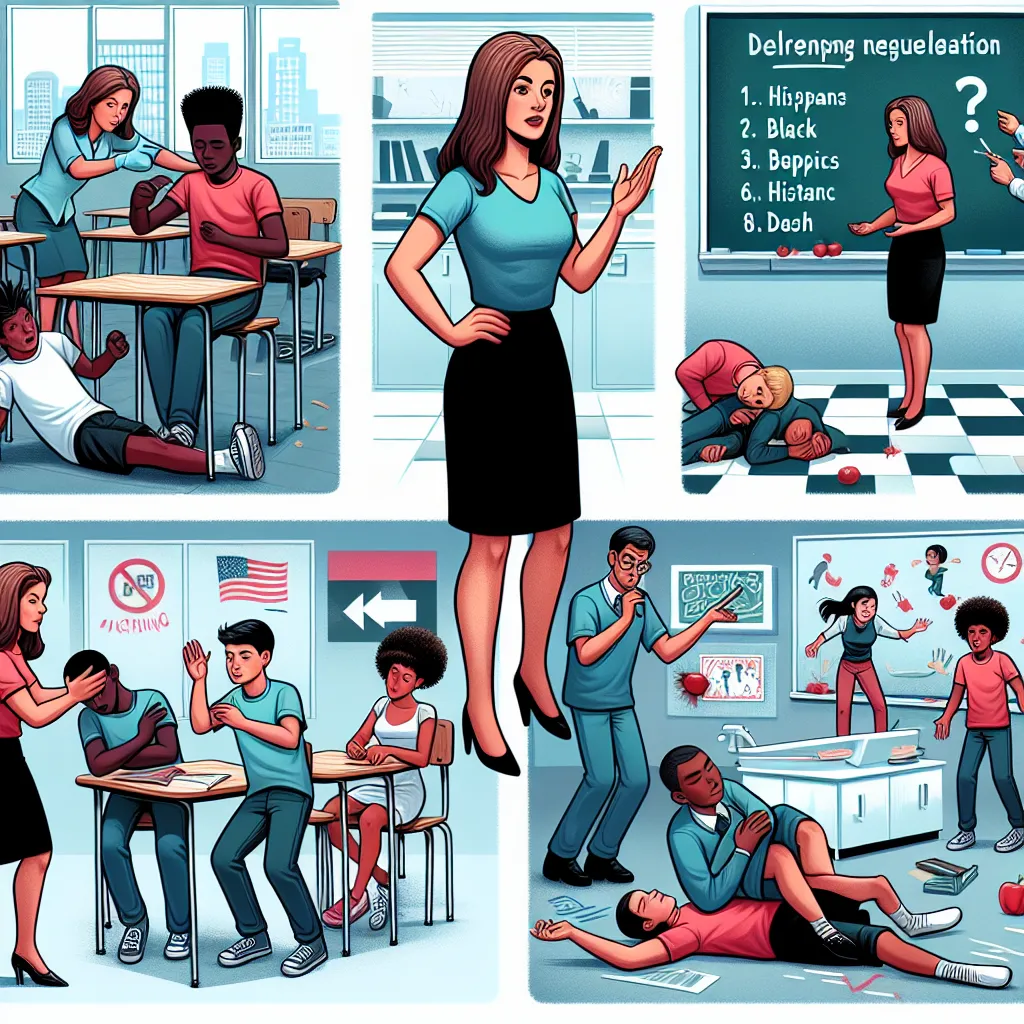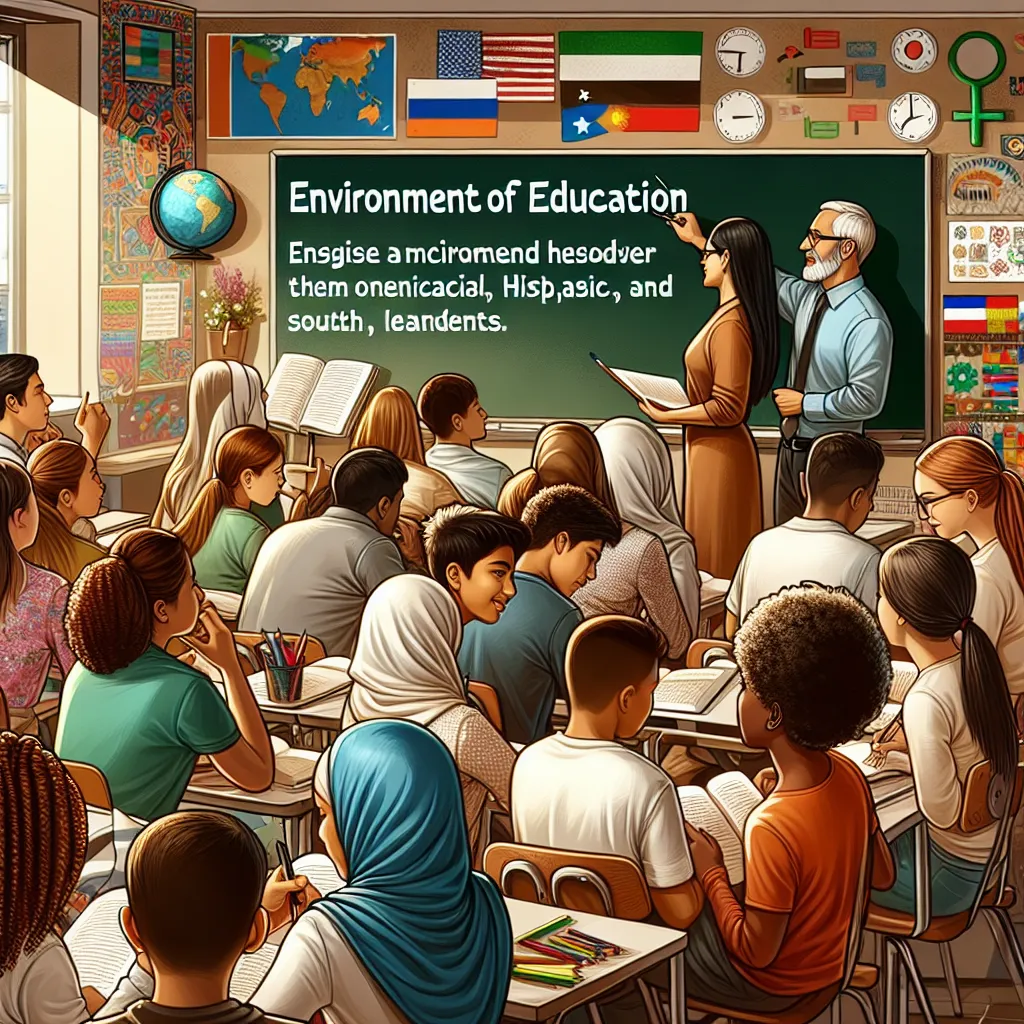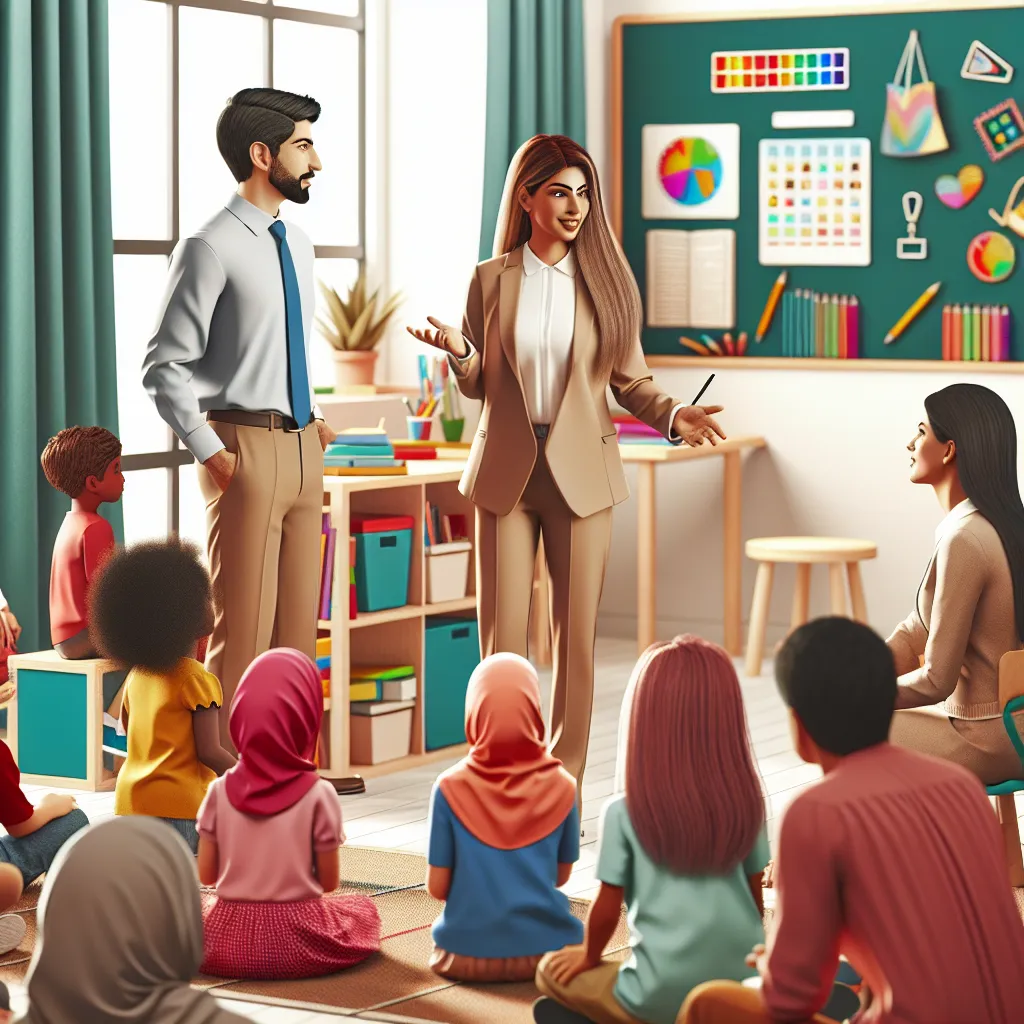Ask AI on The Internet
Question: Question 1 Read the extract below and answer the following questions: When educators get together to talk about their work, the conversation inevitably comes round to the learners they are teaching – their habits, the challenges they are facing and the challenges they pose as learners. One of the best resources on this topic is the video by Michael Wesch, a cultural anthropologist at Kansas State University. In this video (Wesch 2007), Michael asked his students a simple question: “What is it like being a student today?” Student responses – at once provocative and disturbing – say a lot about the current generation of college and university students and how educators can create environments that would help them learn. Students seem to feel that they are not being taught in the ways best suited to help them achieve deep, meaningful learning. They seek engagement and connection…”. 1.1 Mention and describe the five characteristics of the millennial generation learners. (10) 1.2 Identify and explain five ways in which learners can use technology to establish a community of practice. (10) Question 2 Read the extract below and answer the following questions: “Teaching is not an easy profession – the educator must be a mature person to be able to handle all the emotions involved in educating learners in an intelligent way – you have to handle the feelings of colleagues and learners, who experience similar emotions, as well as your own feelings, on a daily basis.” 2.1 Mention and discuss five abilities of an emotionally intelligent educator. (10) 2.2 Identify and describe five possible negative behaviours that may be displayed by educators in their classes in order to deal with anger. (10) TAM2601 OCT/NOV 2024 5 Question 3 Read the extract below and answer the following questions: “The way an educator arranges a classroom communicates messages about his or her expectations of how the room should be used. Careful use of the physical space could make a considerable difference to classroom behaviour (Unisa 2006, 34).” 3.1 Critically discuss the abovementioned extract by referring to five considerations that the educator must keep in mind when organising the physical layout of the classroom. (10) 3.2 Critically discuss five aspects that are involved in creating good educator-learner relationships. (10) Question 4 Read the extract below and answer the following questions: “Researchers have evidence of the positive effects of parent involvement on children, families and schools, when schools and parents continuously support and encourage the children’s learning and development.” 4.1 Discuss specific five activities that parents can do to get involved in classroom or educational activities. (10) 4.2 Mention and discuss five instances where a classroom manager may be found guilty of negligence. (10)
### Question 1 #### 1.1 Five characteristics of millennial generation learners 1. **Tech-Savvy**: - Millennials are often highly proficient with modern technologies, including smartphones, tablets, and computers. They are comfortable navigating and using various digital tools and platforms. 2. **Collaborative**: - This generation values teamwork and often prefers working in groups. They seek collaborative learning environments where they can share ideas and feedback with peers. 3. **Immediate and Constant Feedback**: - Millennials expect quick feedback and regular updates on their progress. They prefer learning environments where they can receive immediate responses to their queries and concerns. 4. **Multitaskers**: - They are known for handling multiple tasks simultaneously. They can switch between different activities but may struggle with focusing on a single task for extended periods. 5. **Value-Driven**: - Millennial learners often seek purpose in their education. They prefer learning that connects to real-world applications and societal issues, looking for education to be meaningful and impactful. #### 1.2 Five ways learners can use technology to establish a community of practice 1. **Online Forums and Discussion Boards**: - Platforms like Reddit or specialized educational forums allow students to discuss topics, share resources, and provide peer support. 2. **Social Media Groups**: - Platforms such as Facebook or LinkedIn groups can facilitate discussions, sharing of materials, and networking among learners with similar interests. 3. **Collaborative Tools**: - Applications like Google Drive, Microsoft Teams, or Slack can be used to collaborate on projects in real-time, share documents, and communicate efficiently. 4. **Webinars and Virtual Conferences**: - Attending online seminars and conferences can help learners connect with experts in their field, access new information, and discuss recent developments. 5. **Peer Tutoring Platforms**: - Websites and apps that support peer tutoring and study groups encourage collaborative learning and mutual assistance among students. ### Question 2 #### 2.1 Five abilities of an emotionally intelligent educator 1. **Self-Awareness**: - Understanding one's emotions, strengths, and weaknesses allows educators to handle classroom situations better and reflect on how their emotions affect their teaching. 2. **Self-Regulation**: - The ability to manage and control one’s emotions, even under stress, ensures that educators can maintain a calm and positive classroom environment. 3. **Empathy**: - Understanding and sharing the feelings of others helps educators connect with students, fostering an environment of care and understanding. 4. **Social Skills**: - Building strong relationships with students, colleagues, and parents through effective communication and conflict resolution skills. 5. **Motivation**: - A drive for achieving goals and encouraging students to strive for their best, creating a positive and inspiring learning environment. #### 2.2 Five possible negative behaviors that may be displayed by educators to deal with anger 1. **Yelling or Shouting**: - Raising their voice at students can create a hostile classroom atmosphere and damage relationships with students. 2. **Sarcasm or Mocking**: - Using sarcasm or mocking remarks to address students can undermine their confidence and self-esteem. 3. **Ignoring Students**: - Giving the silent treatment or ignoring certain students as a way to express displeasure can lead to feelings of neglect and disengagement. 4. **Physical Intimidation or Punishment**: - Using physical gestures to intimidate or physically punishing students is abusive and can have long-lasting negative effects on students. 5. **Unfair Grading**: - Taking out anger on students through biased grading or unjust feedback can demoralize students and affect their academic progress. ### Question 3 #### 3.1 Five considerations for organising the physical layout of the classroom 1. **Student Visibility**: - Arranging desks and the educator’s position to ensure that students can see the board, presentations, and the teacher easily reduces distractions and improves engagement. 2. **Accessibility**: - Ensuring aisles are clear and items are reachable allows smooth movement and accessibility for all students, including those with disabilities. 3. **Group Work Areas**: - Having designated spaces for group activities encourages collaboration and cooperative learning among students. 4. **Resource Availability**: - Placing materials and resources where students can access them readily supports independent study and reduces downtime. 5. **Comfort**: - Ensuring that seats and workspaces are comfortable enhances student concentration and overall well-being, which can positively impact behavior. #### 3.2 Five aspects involved in creating good educator-learner relationships 1. **Effective Communication**: - Clear, concise, and respectful communication helps in understanding student needs and providing appropriate feedback. 2. **Trust and Respect**: - Building a foundation of mutual respect and trust ensures a positive and safe learning environment. 3. **Emotional Support**: - Providing emotional support and showing empathy can help students feel valued and understood, promoting a sense of belonging. 4. **Consistent and Fair Treatment**: - Treating all students consistently and fairly builds a sense of equity and justice in the classroom. 5. **Positive Reinforcement**: - Encouraging and praising students for their efforts and achievements fosters a motivating and uplifting educational experience. ### Question 4 #### 4.1 Five activities that parents can do to get involved in classroom or educational activities 1. **Volunteering**: - Parents can assist with classroom activities, field trips, or school events, providing additional support and resources for teachers. 2. **Parent-Teacher Conferences**: - Engaging in regular meetings with teachers to discuss their child’s progress and address any concerns ensures active involvement in their child’s education. 3. **Homework Assistance**: - Helping with homework and reinforcing learning at home supports their child’s academic development and understanding of the material. 4. **Curriculum Participation**: - Participating in curriculum planning meetings or committees allows parents to provide input and stay informed about the educational content their child is learning. 5. **School Governance**: - Serving on school boards or parent-teacher associations enables parents to contribute to decision-making processes affecting the school community. #### 4.2 Five instances where a classroom manager may be found guilty of negligence 1. **Failure to Supervise Properly**: - Not adequately supervising students, especially in high-risk areas like playgrounds or laboratories, leading to injury or accident. 2. **Ignoring Bullying**: - Failing to intervene or address bullying incidents, resulting in harm to a student’s well-being. 3. **Lack of Proper Emergency Procedures**: - Not having or following safety protocols during emergencies, such as fires or lockdown situations, putting students at risk. 4. **Inadequate Training on Equipment**: - Allowing students to use potentially dangerous equipment without proper instruction or safety precautions leading to accidents. 5. **Neglecting Health and Safety Rules**: - Ignoring health and safety regulations, such as not addressing hygiene issues or exposing students to hazardous materials, can lead to adverse health outcomes.
Think your answer is better than the AI's? Post it below.
Other Most Relevant Posts:
 Shortened title:
1. **Failure to Aid Injured/Ill Students**
2. **Permitting Unsafe Games**
3. **Inadequate Instructions**
4. **Taking Unreasonable Risks**
Shortened title:
1. **Failure to Aid Injured/Ill Students**
2. **Permitting Unsafe Games**
3. **Inadequate Instructions**
4. **Taking Unreasonable Risks**
Question Tags
If you want your question answered by an AI, click here.






Post your own comment: